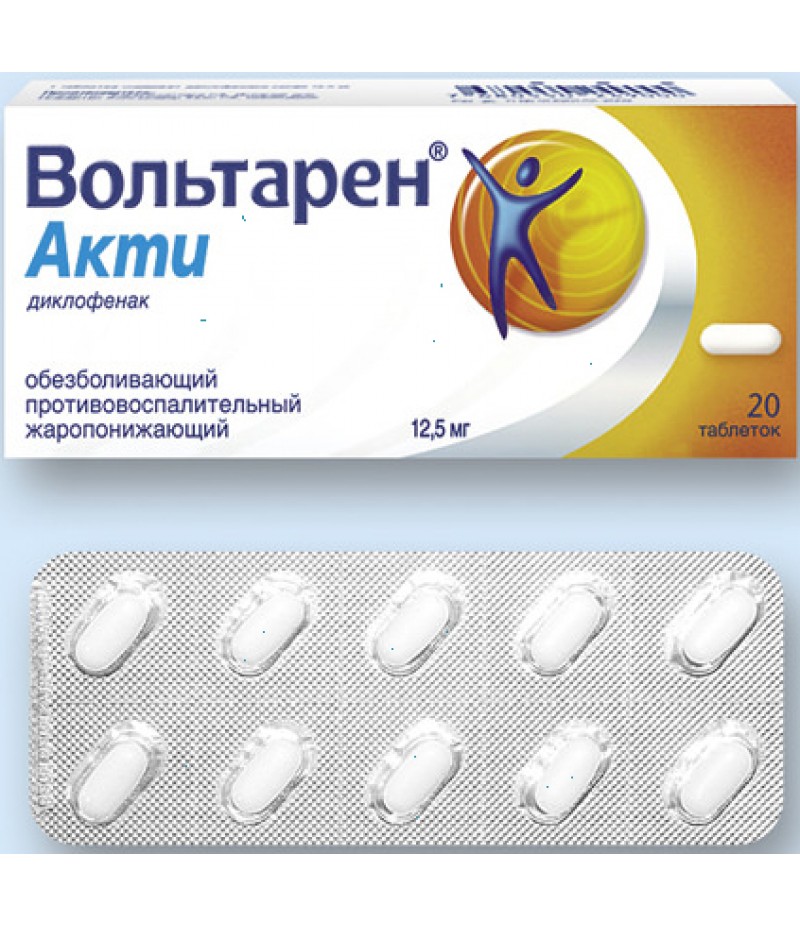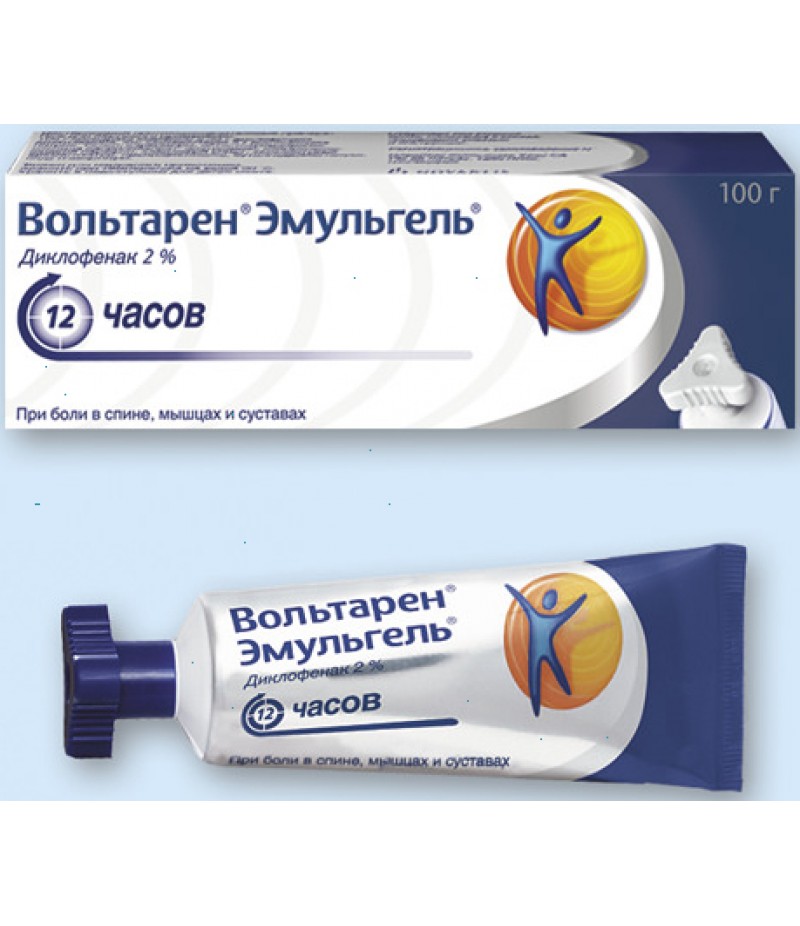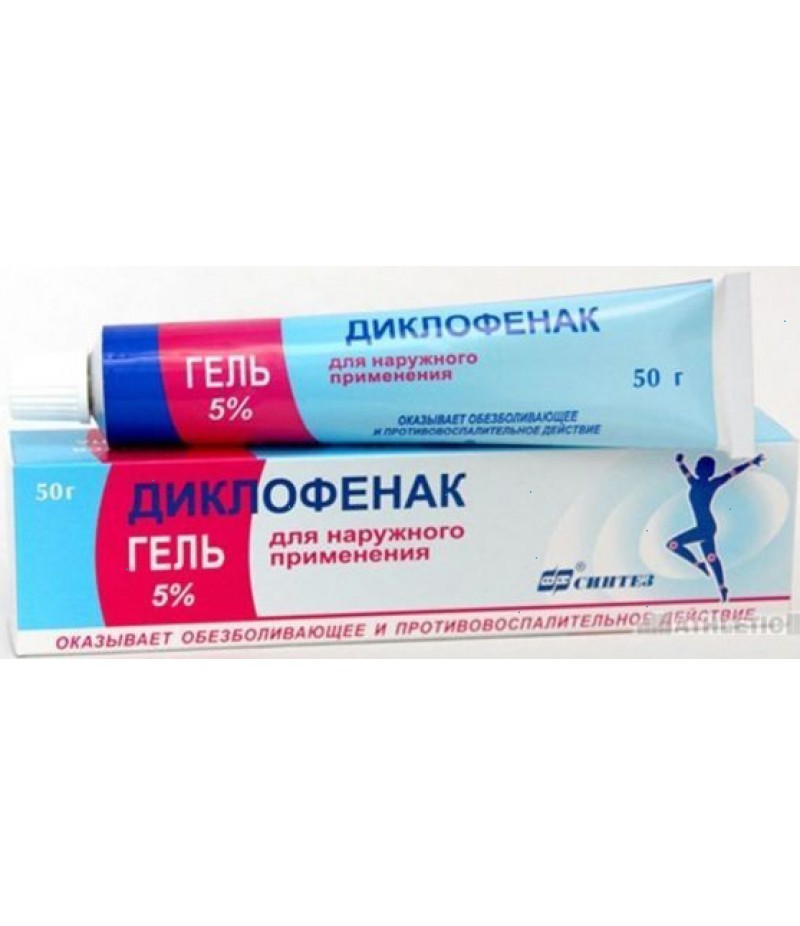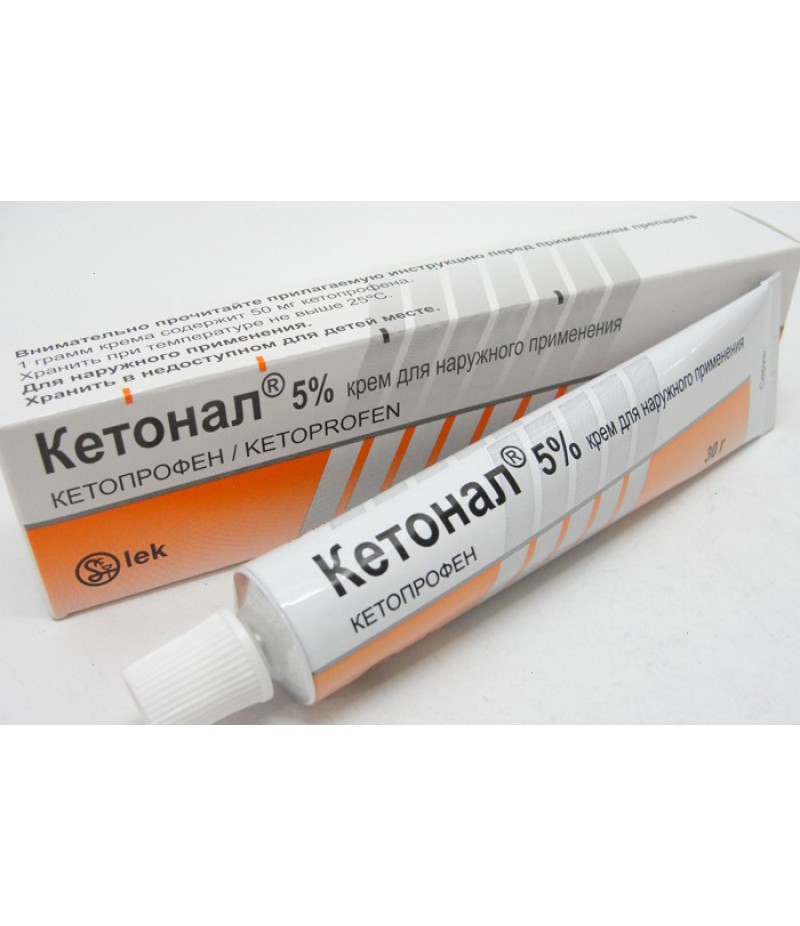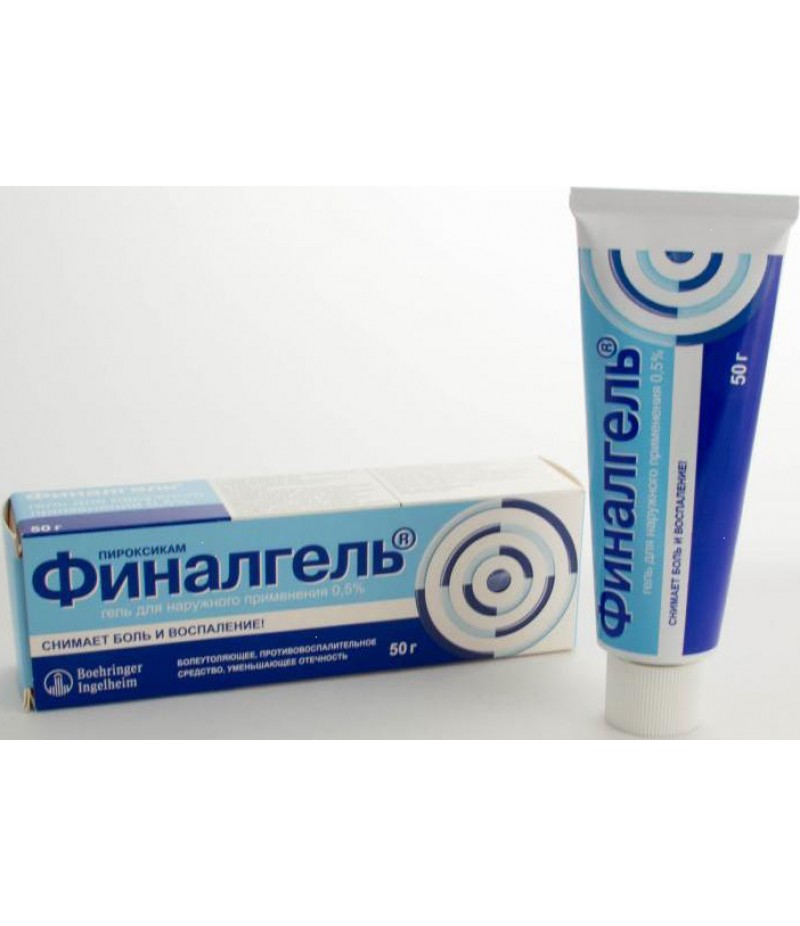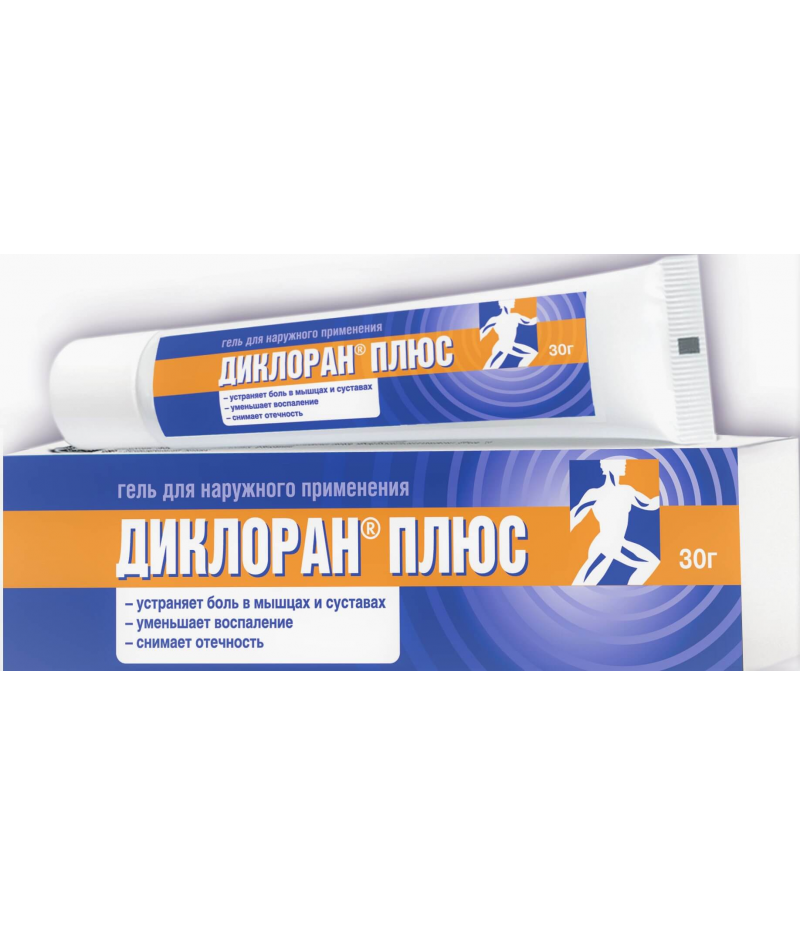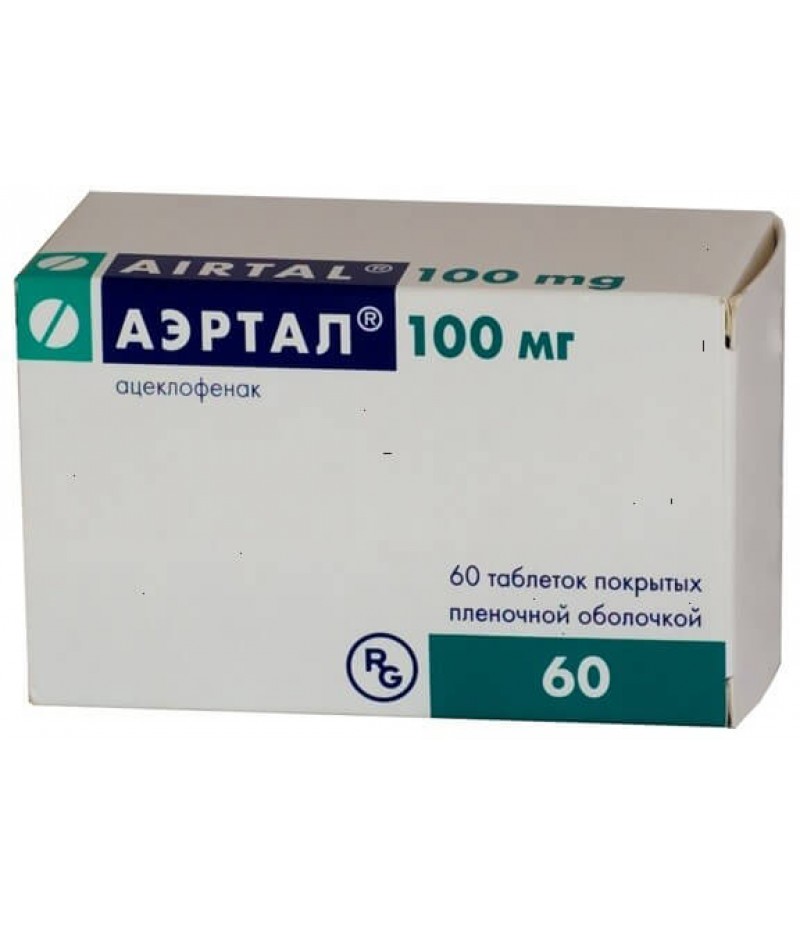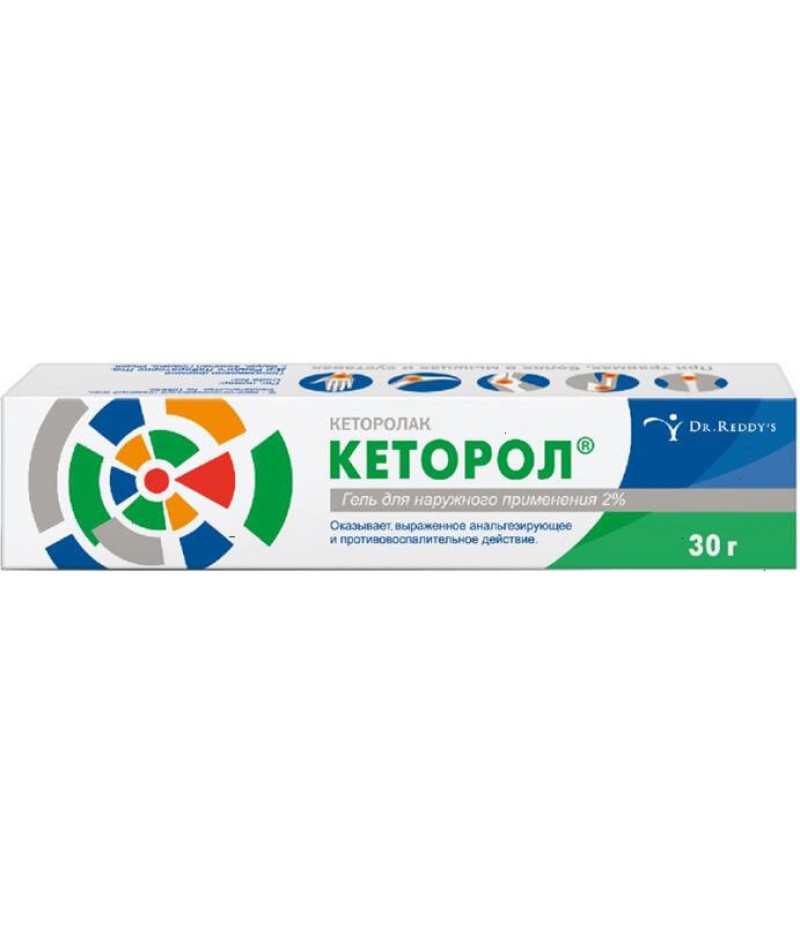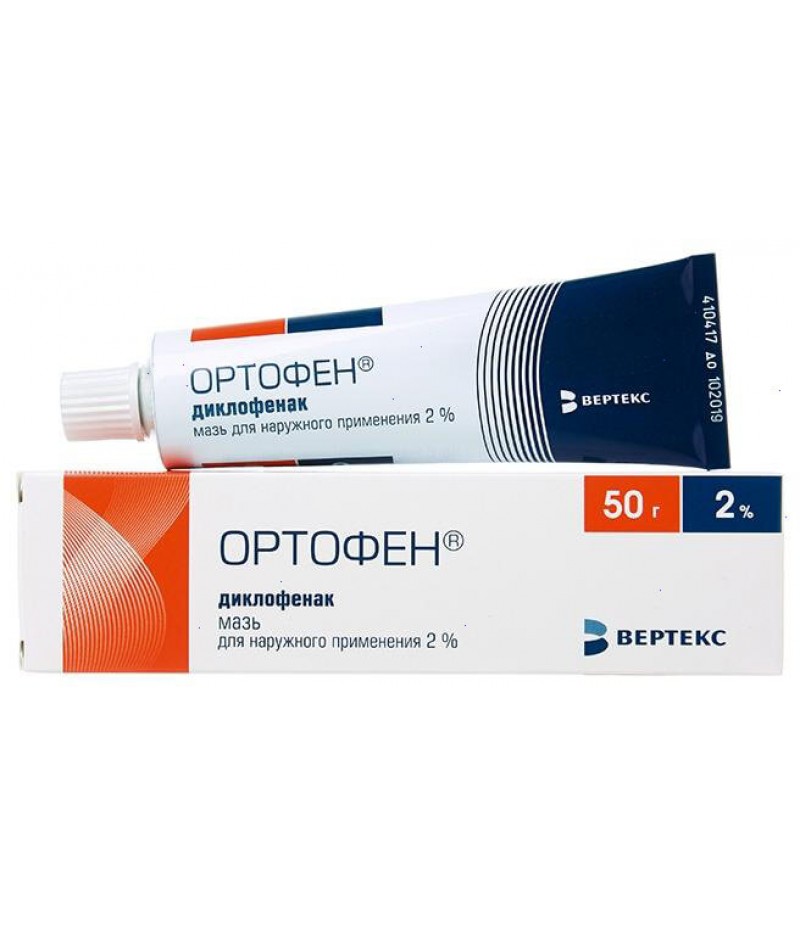Diclofenac ointment 1% 30gr
- $2.40
- 3 or more $2.35
- Availability:In Stock
Diclofenac ointment instruction for useYou can buy Diclofenac ointment on this pagepharmachologic effectNSAIDs for external use, a derivative of phenylacetic acid. Has anti-inflammatory and analgesic effect. The mechanism of actio..
Tags: ointment
Diclofenac ointment instruction for use
You can buy Diclofenac ointment on this page
pharmachologic effect
NSAIDs for external use, a derivative of phenylacetic acid. Has anti-inflammatory and analgesic effect. The mechanism of action is due to inhibition of the activity of COX-1 and COX-2, which leads to a disruption in the metabolism of arachidonic acid and the synthesis of prostaglandins, which are the main link in the development of inflammation.
When applied externally, it leads to the disappearance or easing of pain in the application site, reduces pain in the joints at rest and during movement, as well as morning stiffness and swelling of the joints. Promotes an increase in the volume of movements in the affected joints.
Pharmacokinetics
The amount of diclofenac absorbed through the skin is proportional to the area of the treated surface and depends on both the total dose of the drug applied and the degree of hydration of the skin. The binding of diclofenac to plasma proteins is 99.7%, mainly with albumin (99.4%). Diclofenac is predominantly distributed and retained deep in tissues prone to inflammation, such as joints, where its concentration is 20 times higher than in plasma.
The metabolism of diclofenac is partly due to glucuronization of the unmodified molecule, but mainly through single and multiple hydroxylation, which leads to the formation of several phenolic metabolites, most of which are converted into glucuronide conjugates. Two phenolic metabolites are biologically active, but to a much lesser extent than diclofenac.
The total systemic plasma clearance of diclofenac is 263 ± 56 ml / min.
The final T1 / 2 is 1-2 h. The T1 / 2 metabolites, including the two pharmacologically active metabolites, are also short-lived and are 1-3 h. One of the metabolites (3'-hydroxy-4'-methoxydiclofenac) has a longer T1 / 2, but this metabolite is completely inactive. Most of the diclofenac and its metabolites are excreted in the urine.
Indications
Pain in the back with inflammatory and degenerative diseases of the spine (radiculitis, osteoarthritis, lumbago, sciatica); pain in the joints (including joints of the fingers, knees) with rheumatoid arthritis, osteoarthritis; pain in muscles (due to stretching, overstrain, bruises, injuries); inflammation and swelling of soft tissues and joints due to injuries and rheumatic diseases (tendovaginitis, bursitis, lesions of periarticular tissues).
Contraindications
"Aspirin triad" (attacks of bronchial asthma, urticaria and acute rhinitis with the intake of acetylsalicylic acid or other NSAIDs); violation of the integrity of the skin at the site of application of the drug; III trimester of pregnancy; lactation period (breastfeeding); children age up to 6 years and older, depending on the drug used; hypersensitivity to diclofenac, other NSAIDs, or to any of the excipients of the drug used.
With caution: hepatic porphyria (in the phase of exacerbation); erosive and ulcerative lesions of the gastrointestinal tract; severe violations of the liver and kidneys; chronic heart failure; bronchial asthma; violation of blood clotting (including hemophilia, lengthening bleeding time, a tendency to bleeding); I and II trimesters of pregnancy; patients of advanced age.
Dosage
With external application, the amount of the drug depends on the size of the painful area. A single dose depends on the dosage form used and the age of the patient.
Gel, ointment, spray for external use
Adults and children over the age of 12 years the drug should be applied to the skin over the area of inflammation 3-4 times / day, children aged 6 to 12 years - up to 2 times / day.
The duration of use depends on the indications and the effectiveness of the treatment. After 2 weeks of use, the patient should consult a doctor.
Transdermal patch
Apply in the form of applications on the skin.
Adults, elderly patients and adolescents over 15 years old patch paste on the skin over the painful area for 24 hours. During the day, only 1 patch is allowed.
In the treatment of soft tissue damage, the patch is applied no more than 14 days, and in the treatment of diseases of the muscles and joints - no more than 21 days, unless there are special recommendations of the doctor.
If there is no improvement in the condition after 7 days and with a deterioration of well-being, it is necessary to consult a doctor.
Side effects
Determination of the frequency of adverse reactions: very often (≥1 / 10), often (≥1 / 100, <1/10), infrequently (≥1 / 1000, <1/100), rarely (≥1 / 10,000, <1 / 1000) and very rarely (<10 000), the frequency is unknown (the frequency of occurrence can not be determined from the available data).
Infectious and parasitic diseases: very rarely - pustular eruptions.
On the part of the immune system: very rarely - generalized skin rash, allergic reactions (urticaria, hypersensitivity: angioedema).
On the part of the respiratory system and the organs of the chest and mediastinum: very rarely - attacks of suffocation, bronchospastic reactions.
From the skin: often - erythema, dermatitis, incl. contact dermatitis (symptoms: eczema, itching, swelling of the treated area of the skin, rash, papules, vesicles, peeling); rarely bullous dermatitis; very rarely photosensitization reactions.
Drug Interactions
Medicinal products that cause photosensitivity - enhancing the effect of drugs that can cause photosensitivity.
special instructions
Apply only to undamaged skin.
Avoid contact with eyes, mucous membranes or open wounds.
Do not use under airtight (occlusive) dressings.
Care should be taken when applying a large amount of the drug on large surfaces of sensitive skin for an extended period of time. When used with other dosage forms of diclofenac, the total maximum daily dose should be taken into account.
During the period of application, prolonged exposure to sunlight should be avoided.
Pregnancy and lactemia
Contraindicated in the III trimester of pregnancy in connection with the possibility of a decrease in the tone of the uterus and / or premature closure of the arterial duct of the fetus.
Application in the I and II trimesters of pregnancy is possible in cases where the potential benefit to the mother exceeds the potential risk to the fetus or infant.
Application during lactation (breastfeeding) is contraindicated.
Application in childhood
It is not recommended for use in children under the age of 6 years.
In case of violations of kidney function
With extreme caution apply for diseases of the kidney in the anamnesis.
With violations of liver function
With extreme caution apply for liver diseases in the anamnesis.
Application in old age
Use with extreme caution in elderly patients.


